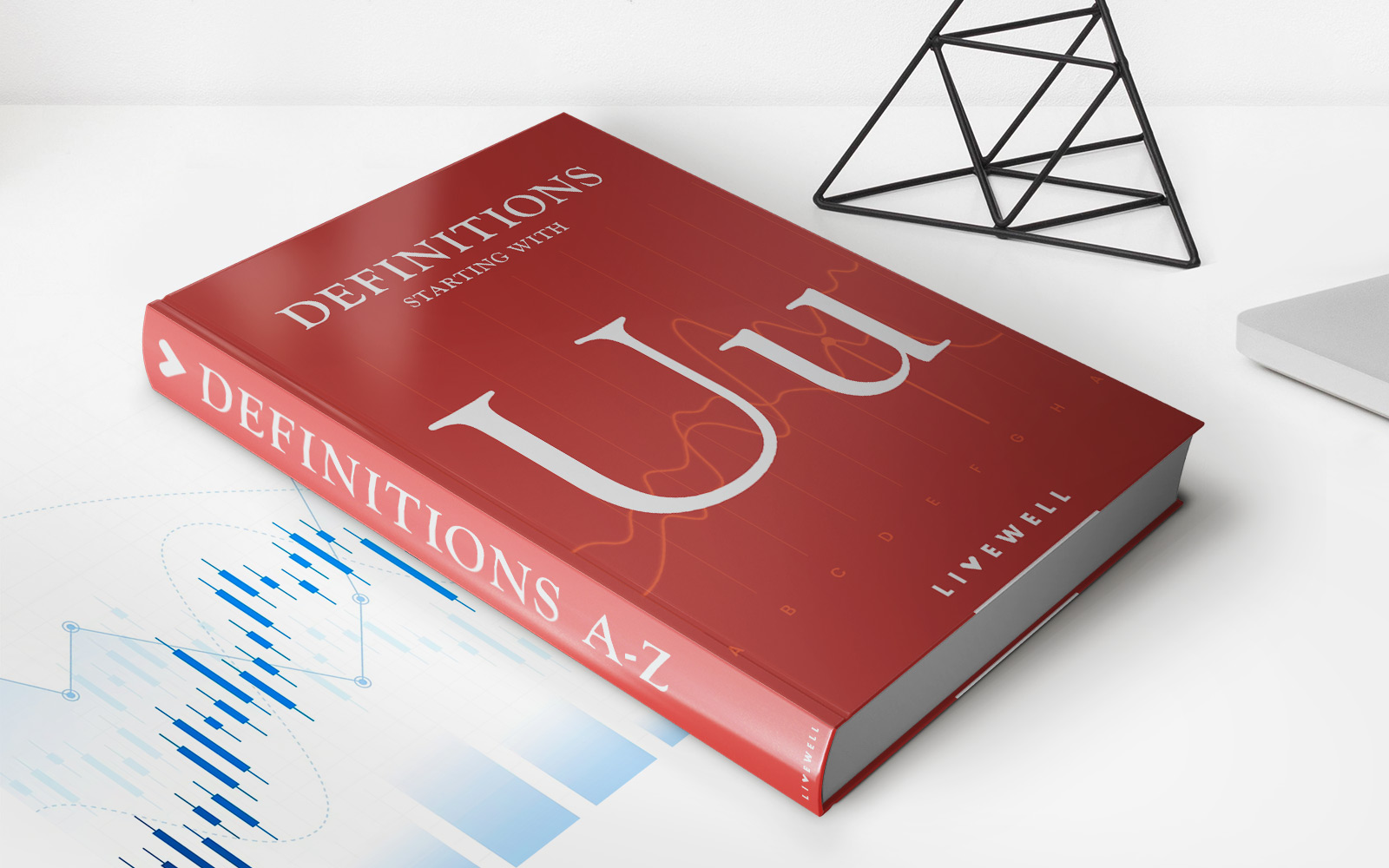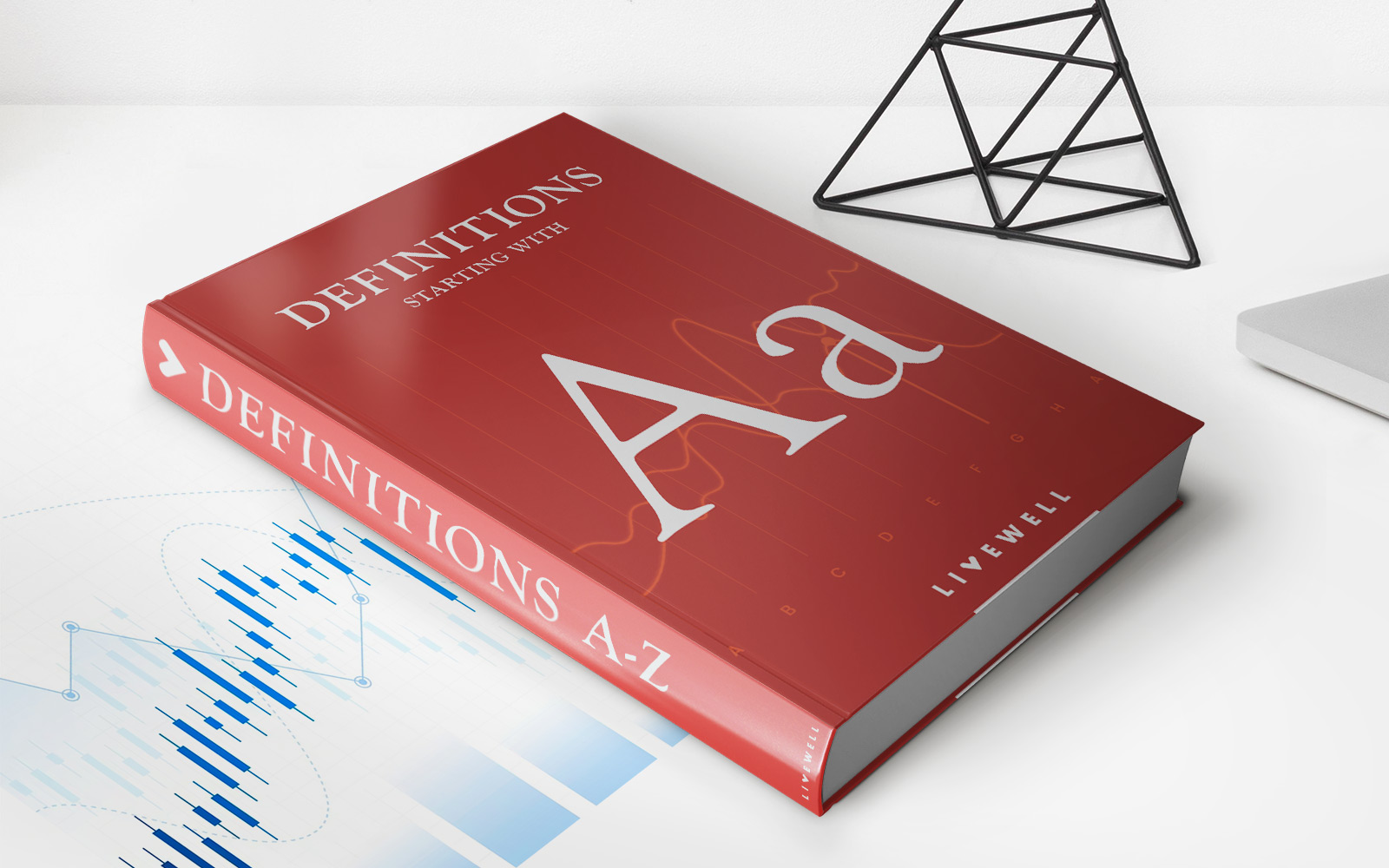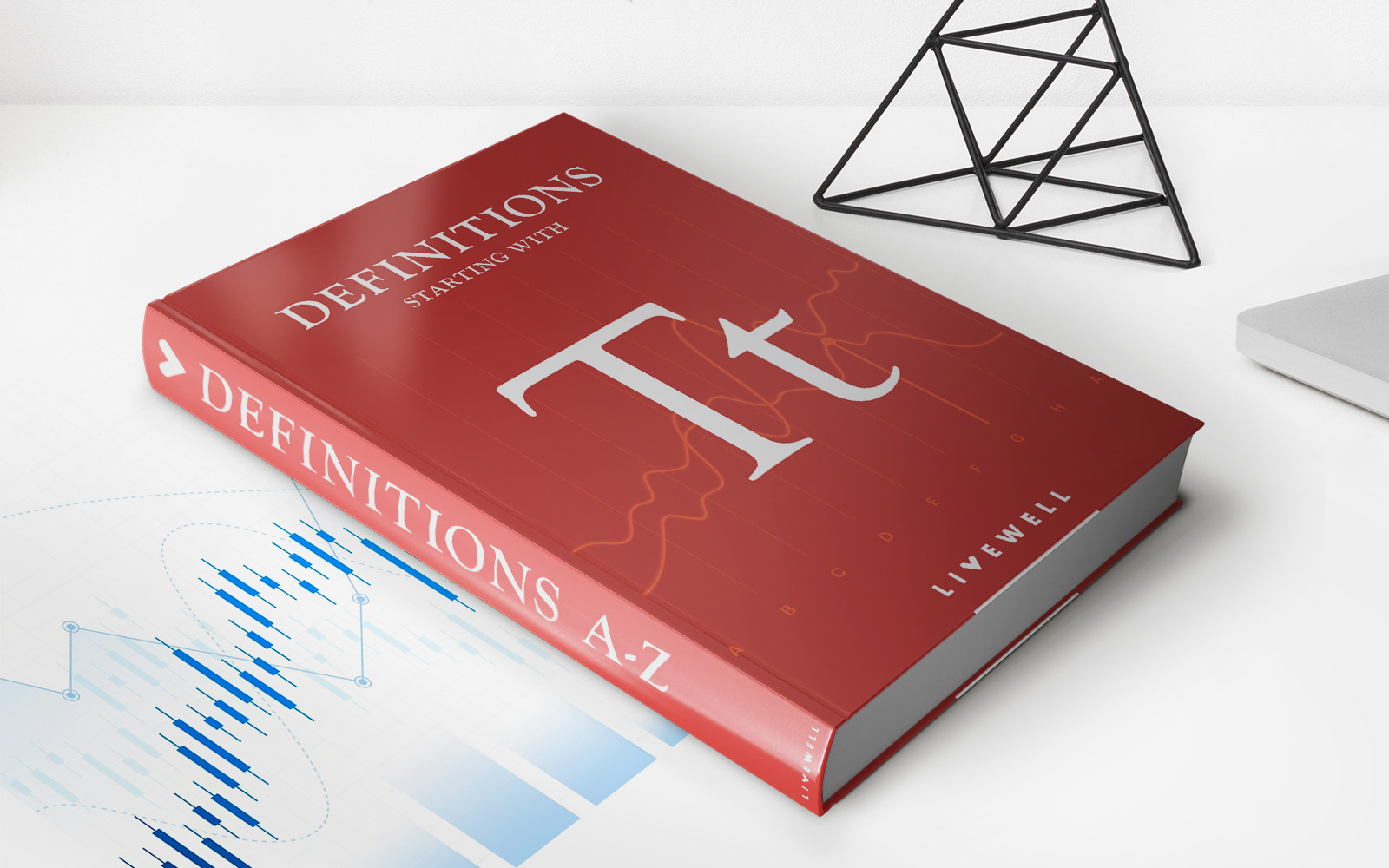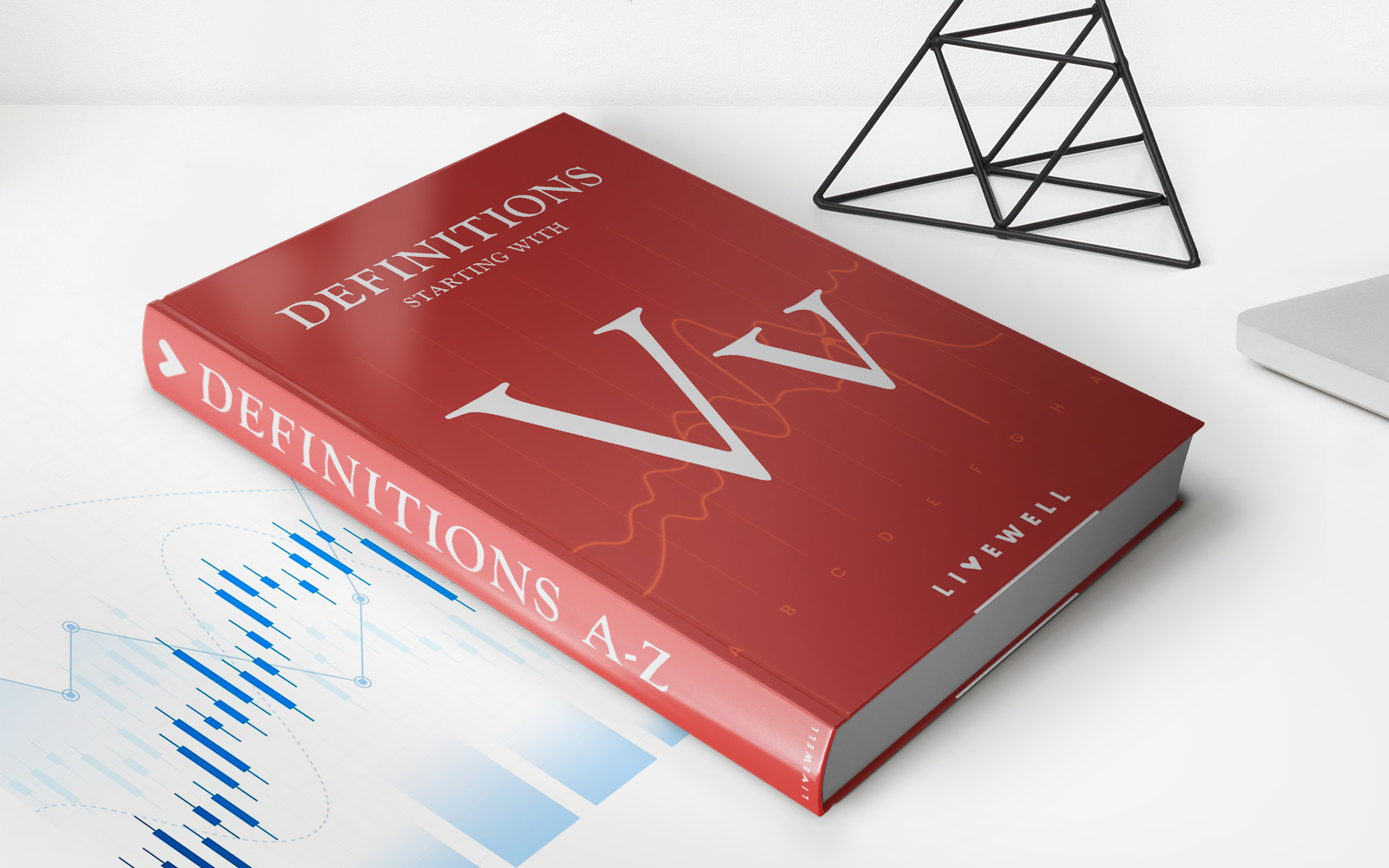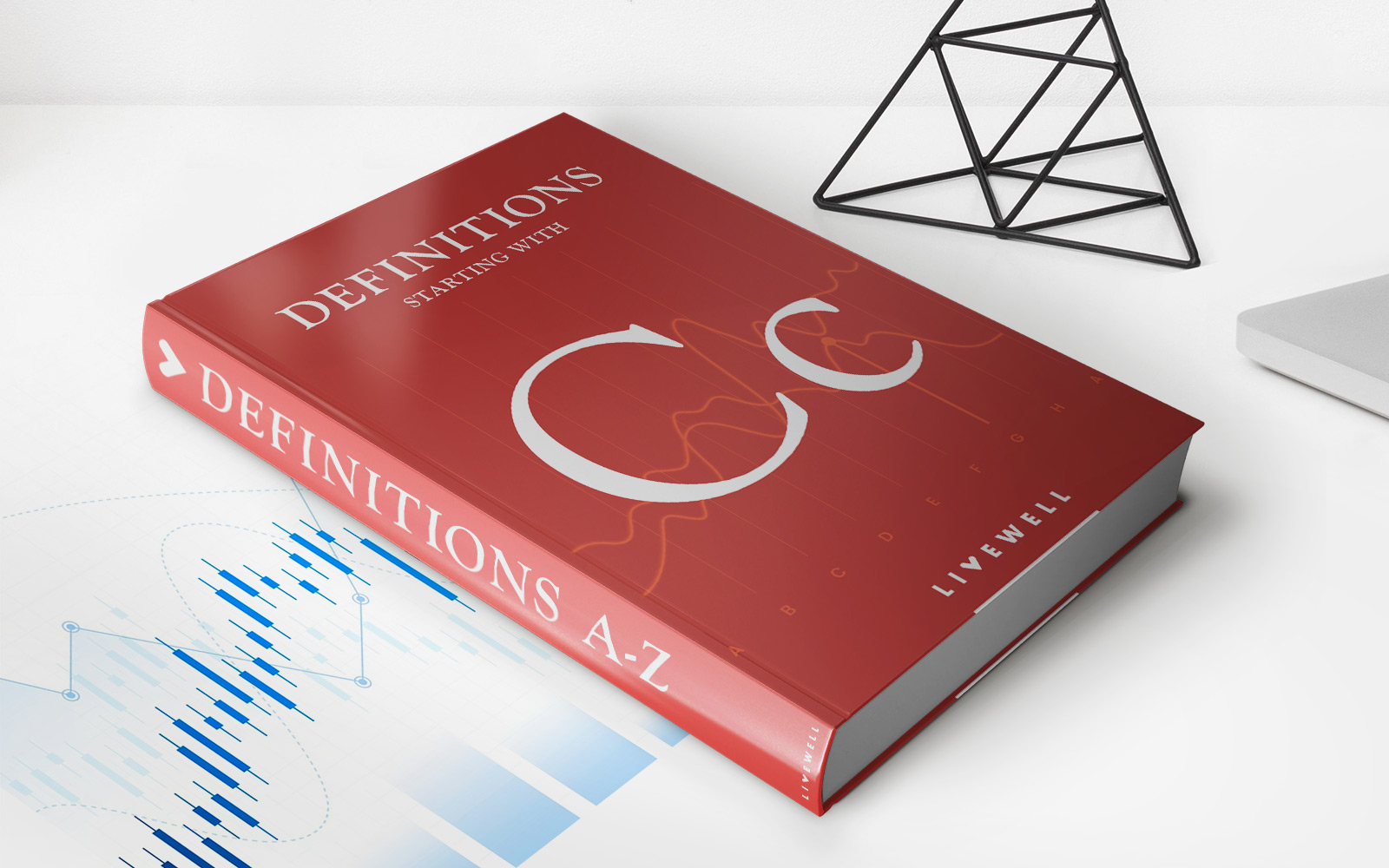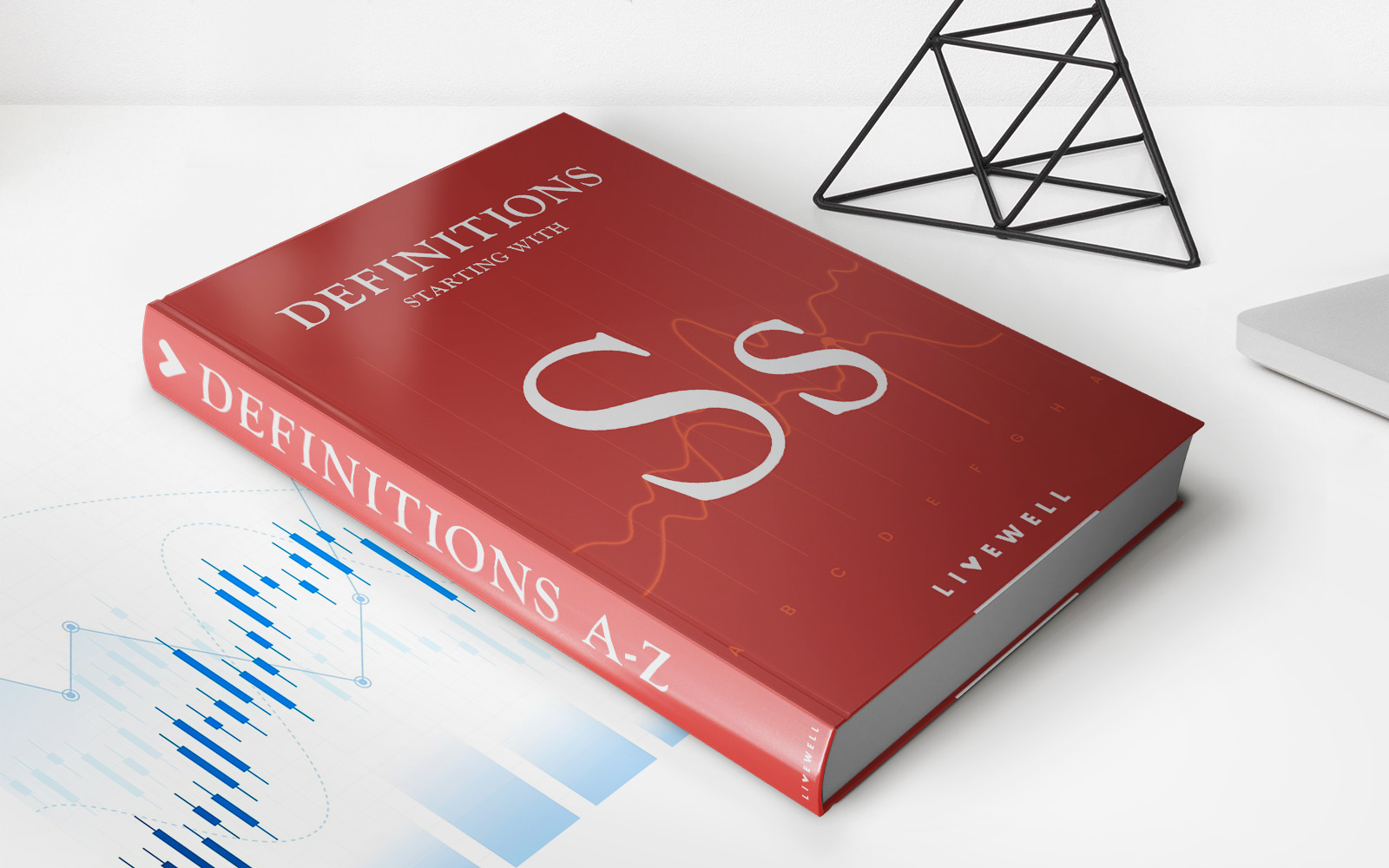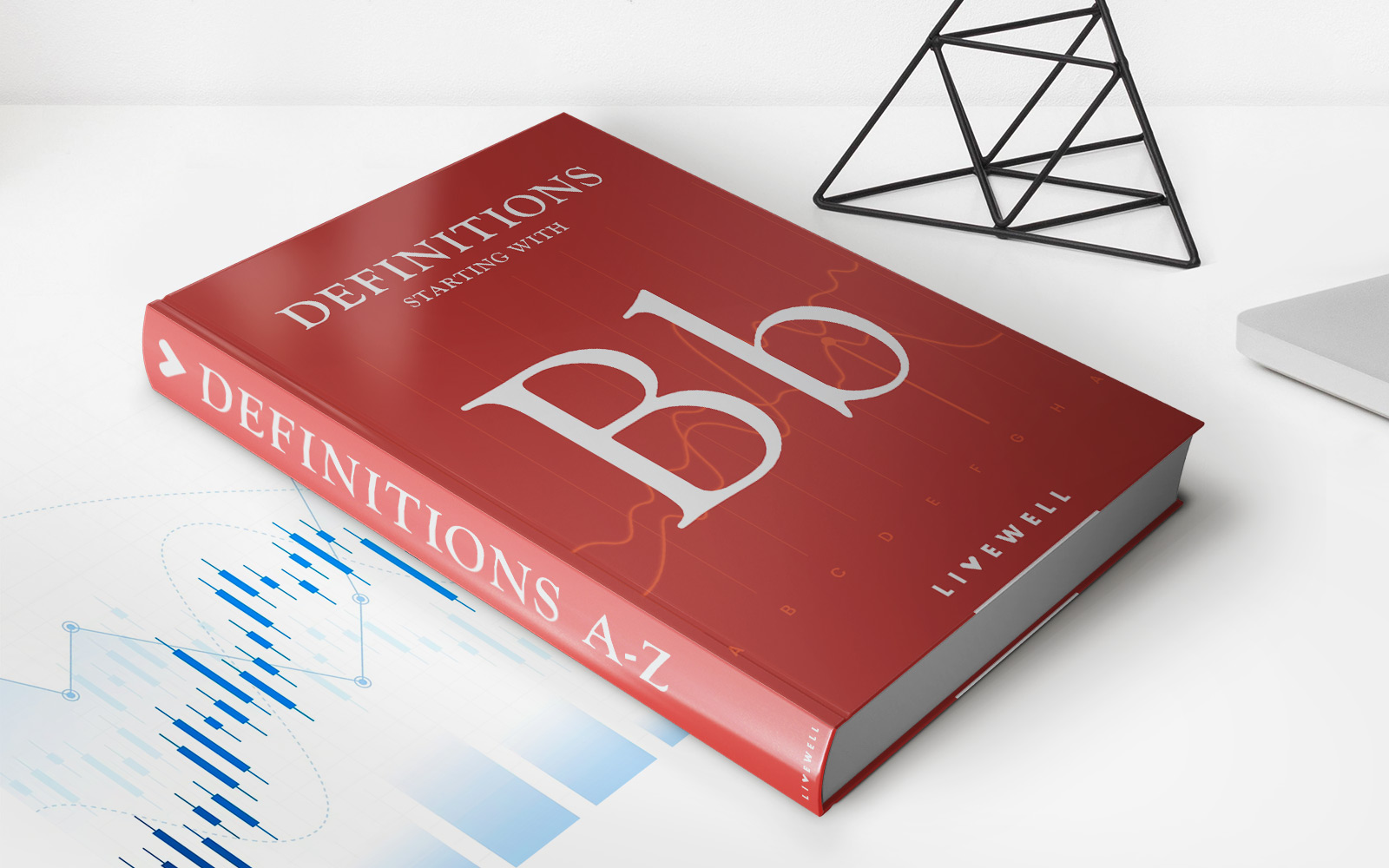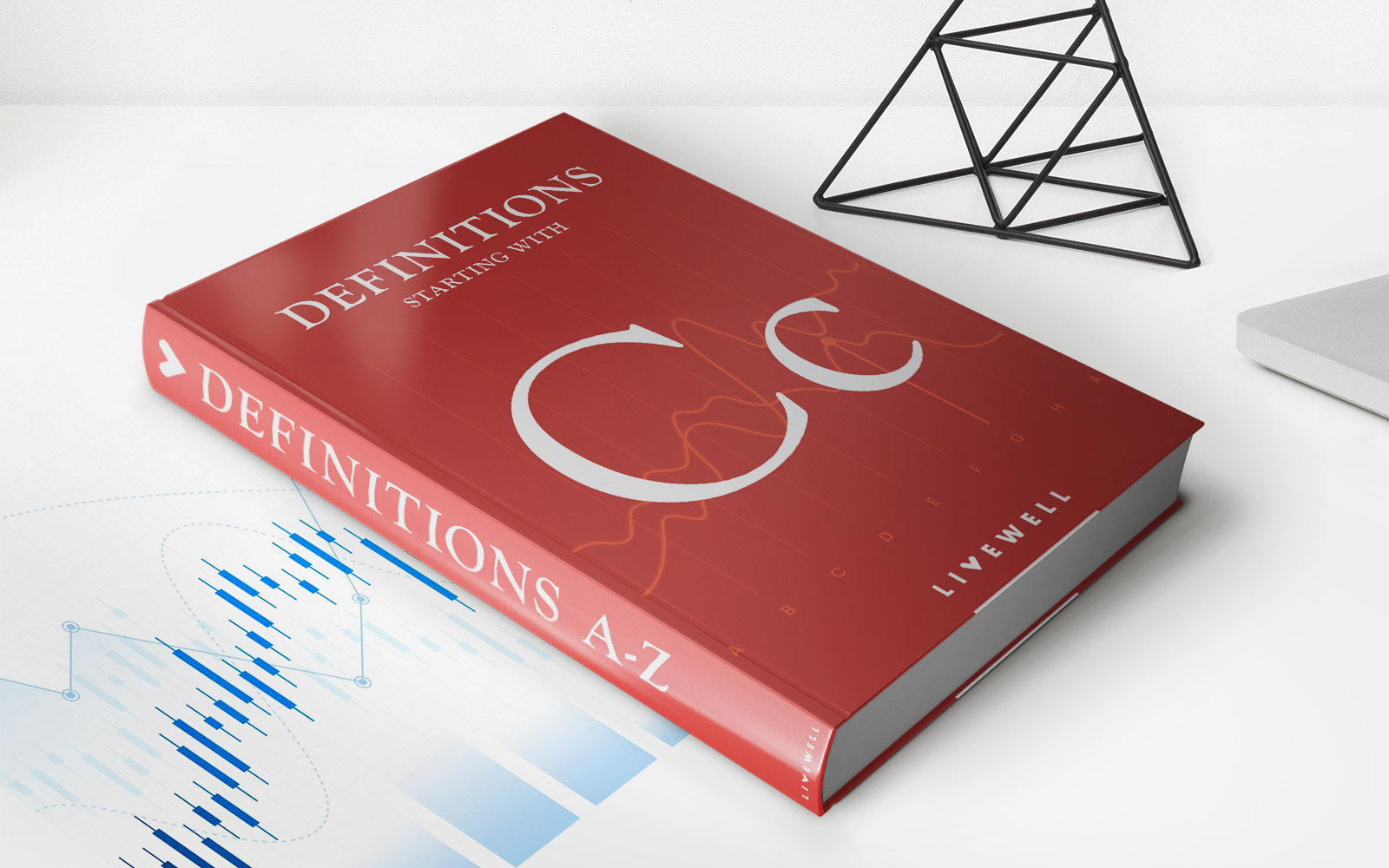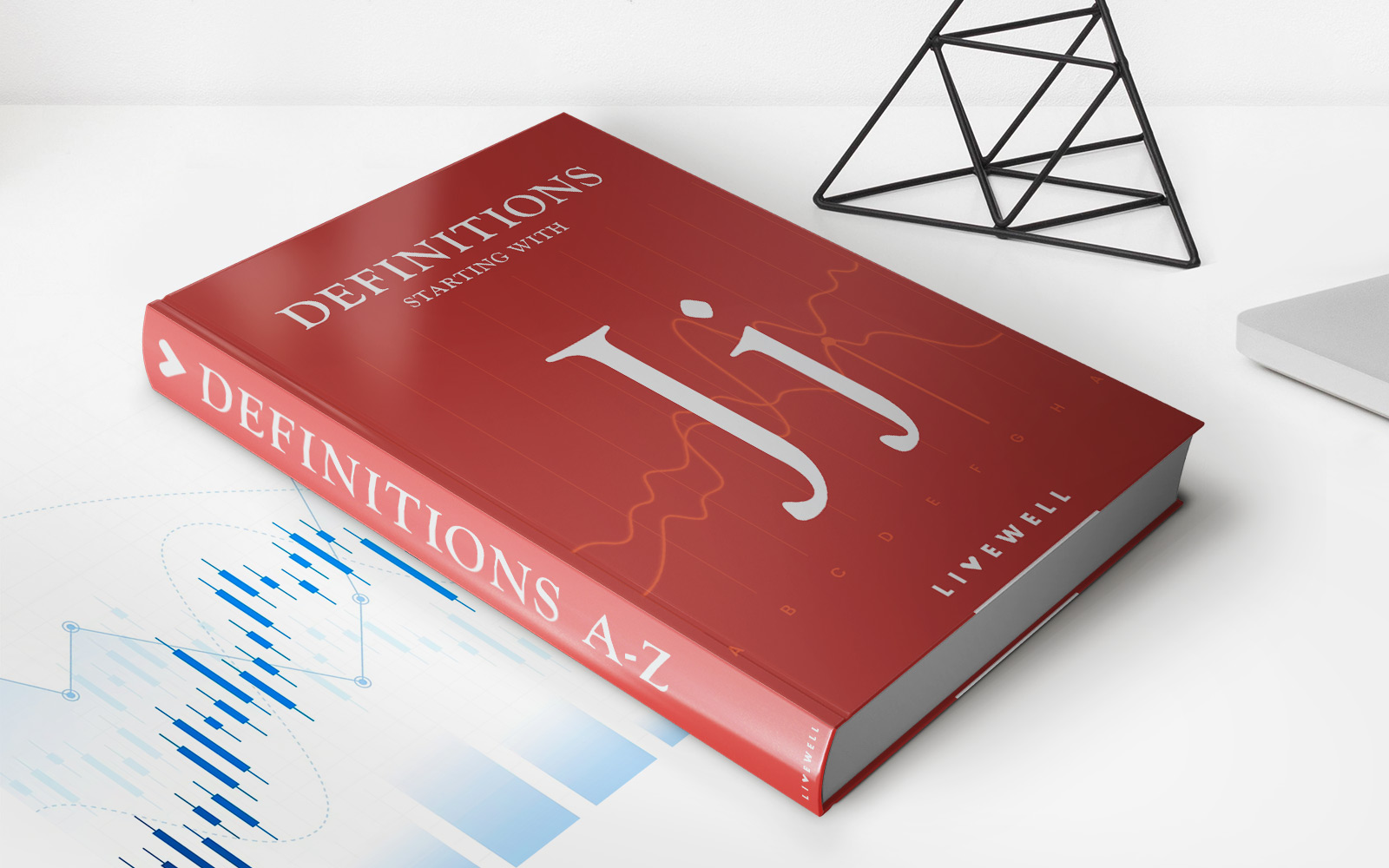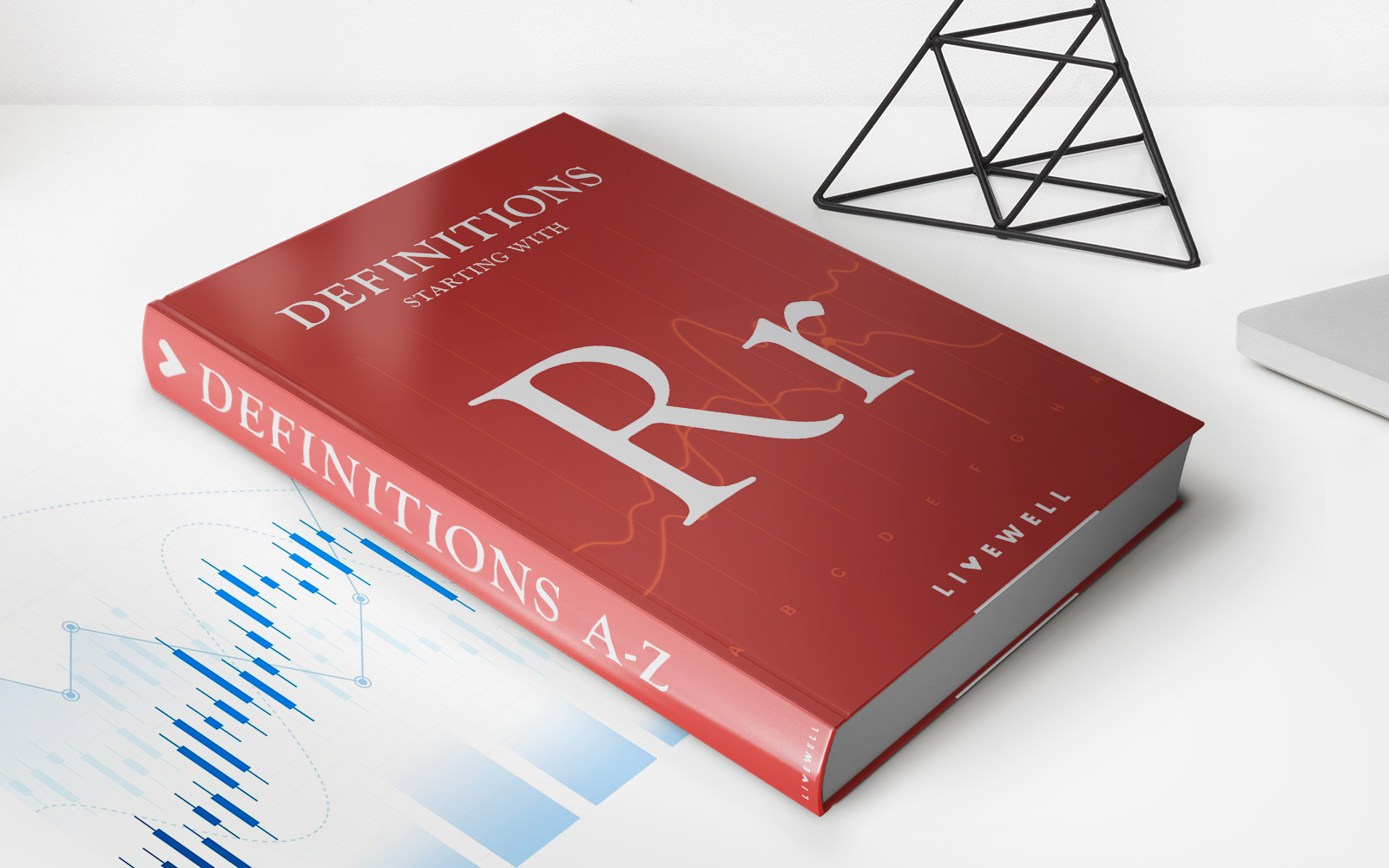Home>Finance>Troy Ounce: Definition, History, And Conversion Table
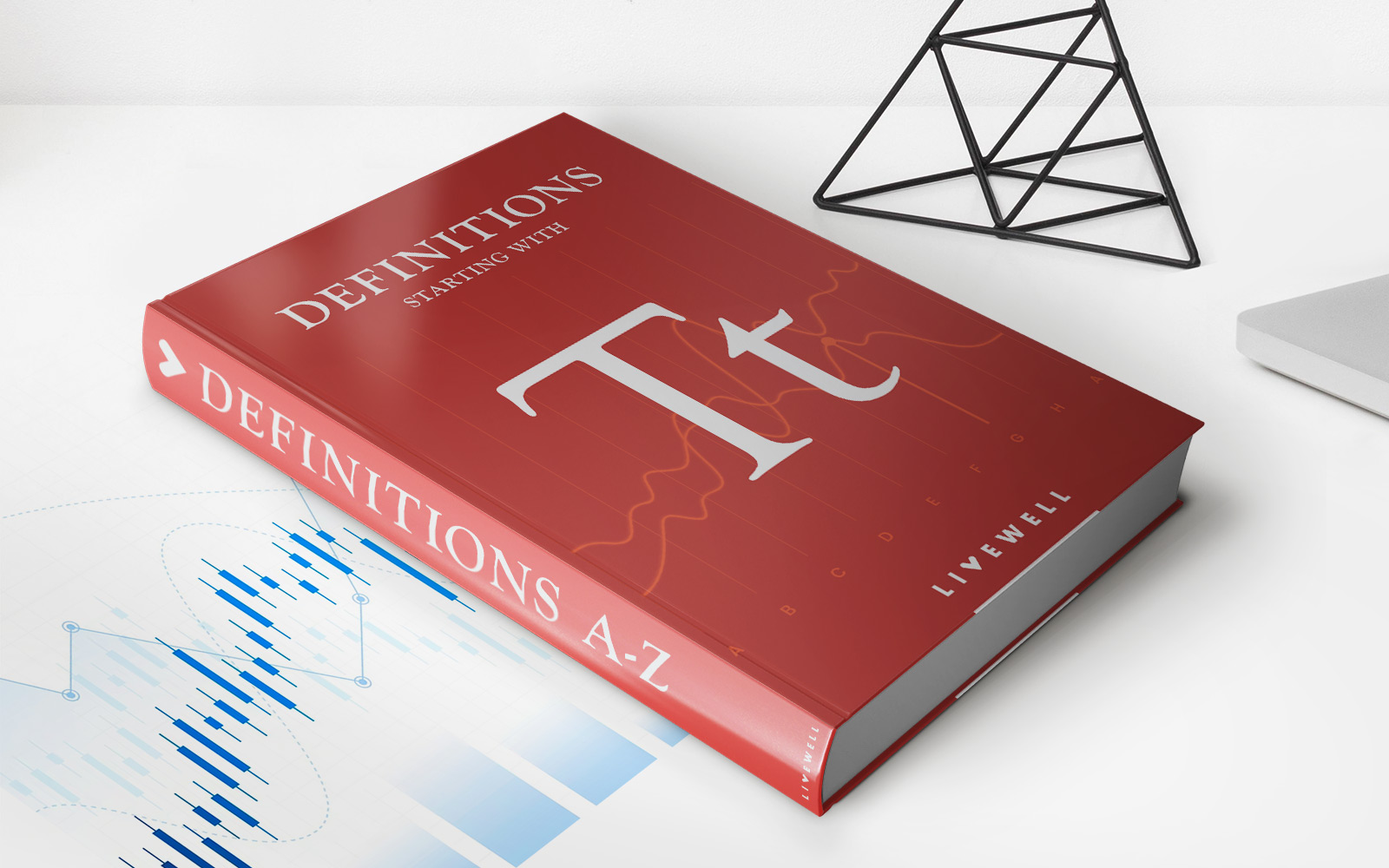

Finance
Troy Ounce: Definition, History, And Conversion Table
Published: February 11, 2024
Discover the meaning and origin of the Troy Ounce, as well as a comprehensive conversion table. Enhance your understanding of finance with this informative guide.
(Many of the links in this article redirect to a specific reviewed product. Your purchase of these products through affiliate links helps to generate commission for LiveWell, at no extra cost. Learn more)
Welcome to the World of Troy Ounces!
Have you ever come across the term “troy ounce” and wondered what it meant? Well, you’re in the right place! In this article, we will dive into the definition, history, and conversion table of troy ounces. So, buckle up and get ready to explore this fascinating world of weight measurement!
Key Takeaways:
- A troy ounce is a unit of weight specifically used for precious metals, such as gold, silver, and platinum.
- Troy ounces have a fascinating historical background and are derived from the ancient Roman monetary system.
What is a Troy Ounce?
A troy ounce is a unit of weight primarily used to measure precious metals, including gold, silver, and platinum. Unlike the standard ounce, which is widely used for everyday items, troy ounces are commonly used in the context of trading and pricing precious metals. So, the next time you hear someone discussing the price of gold, chances are they are referring to troy ounces!
The origins of the troy ounce can be traced back to the Roman Empire. In ancient times, the Romans used a monetary system called the libra, which formed the basis for modern weight measurements. Over time, the libra evolved into the pound, but a smaller variant known as the troy pound emerged for precious metals trading.
Now, here comes the million-dollar question: how much does a troy ounce weigh? A troy ounce is equivalent to approximately 31.1 grams, which is slightly heavier than the standard ounce. So, if you have ever wondered why gold and silver prices are quoted per troy ounce, now you know!
The Fascinating History of Troy Ounces
If you love history, you’re in for a treat! The concept of the troy ounce was popularized during the Middle Ages in Europe. At that time, goldsmiths and merchants needed a universally recognized weight measurement system for precious metals trading.
This need led to the development of the Troyes weight system, named after the French town of Troyes. The Troyes system gained widespread acceptance in Europe, and its use persisted well into the modern era.
Interestingly, the troy pound was broken down into 12 troy ounces, with each ounce further divided into 20 pennyweights. This unique system made calculations easier for merchants and ensured consistency in precious metals trading.
Troy Ounce Conversion Table
Converting between troy ounces and other weight measurements can be tricky, but fear not! We have a handy conversion table for your reference:
| 1 Troy Ounce (ozt) | 31.1 grams | 1.09714 avoirdupois ounces | 0.911458 troy pounds |
|---|---|---|---|
| 1 Gram (g) | 0.03215 troy ounces | 0.03527 avoirdupois ounces | 0.002679 troy pounds |
| 1 Avoirdupois Ounce (oz) | 0.911458 troy ounces | 28.35 grams | 0.0625 pounds |
With this conversion table at your fingertips, you’ll be able to easily convert troy ounces to other weight measurements or vice versa.
So, now that you are familiar with the definition, history, and conversion table of troy ounces, you can confidently navigate the world of precious metals trading. Whether you’re a seasoned investor or simply interested in the fascinating history behind weight measurements, troy ounces will always be a vital part of this captivating world!

